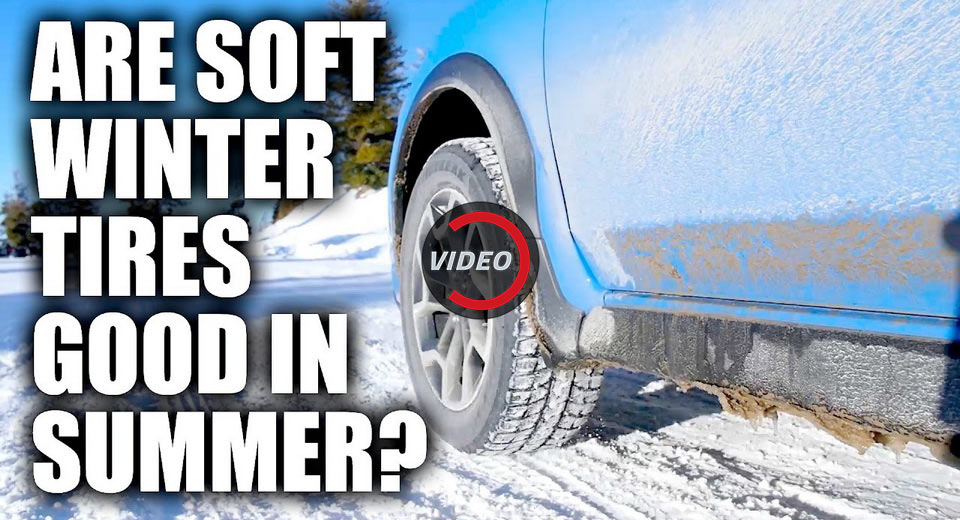Designed to offer more grip at very low temperatures, winter tires are a should-have during cold, snowy or icy road conditions. But what about the rest of the time?
According to Engineering Explained, exposing that soft rubber compound found in winter tires to the asphalt for 365 days a year isn’t the best or most practical idea.
The reason for that is that once you put more heat into the compound, the winter tires perform less efficiently, as demonstrated here by a few braking tests conducted with the help of a Subaru Crosstrek.
The tests were performed with Bridgestone Blizzak WS80 winter tires and Yokohama Geolandar G95 all-season tires – both reputable companies with solid products.
So what do the numbers tell us? Well, it’s all about the braking distance increasing on the winter tires when the temperatures are high. Sure, the difference isn’t massive on paper, but every single extra inch matters, as the great Al Pacino once said during one of his most famous movie speeches.
The braking tests were conducted at 63 degrees F (17.2 Celsius), which isn’t even particularly hot.



